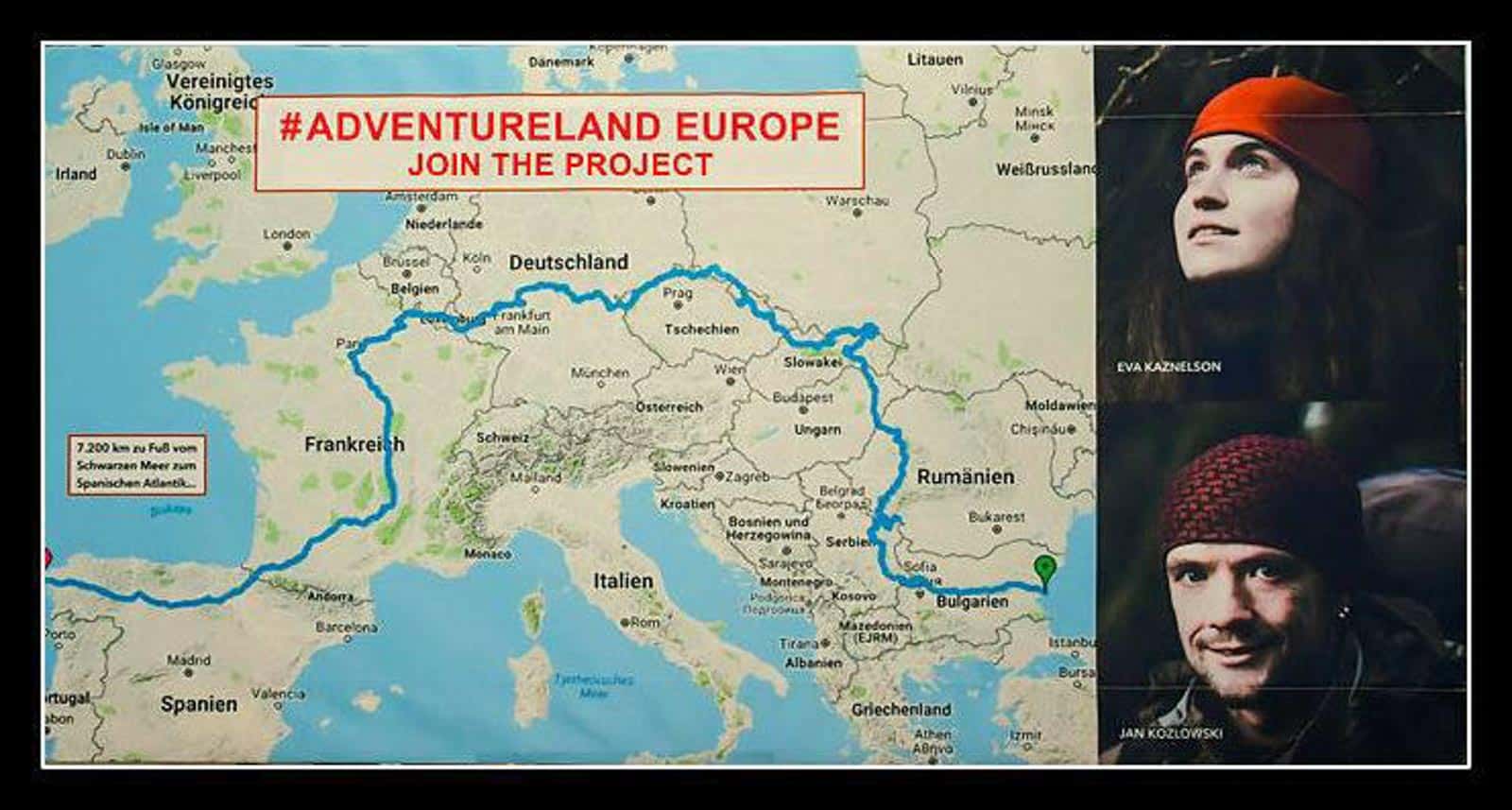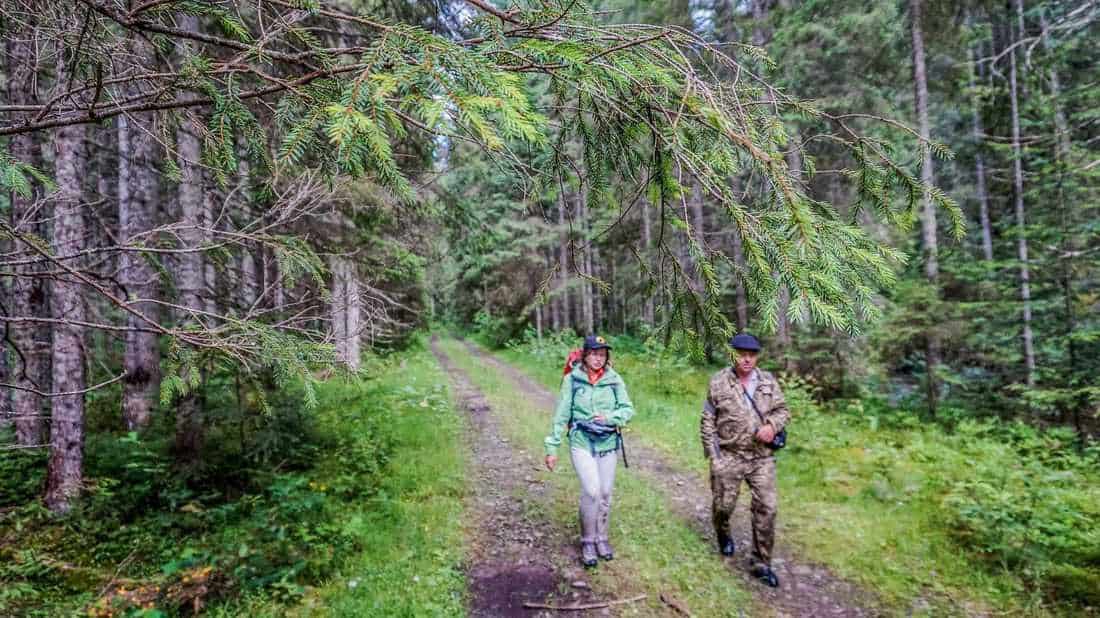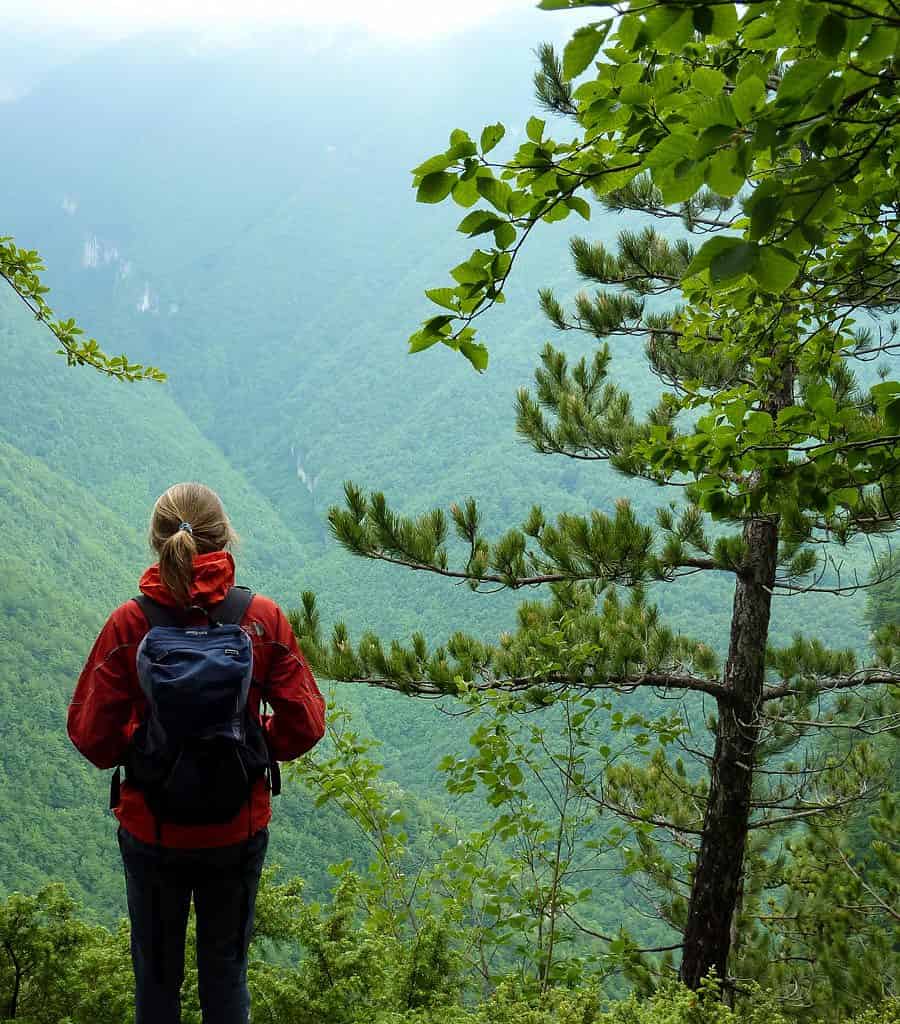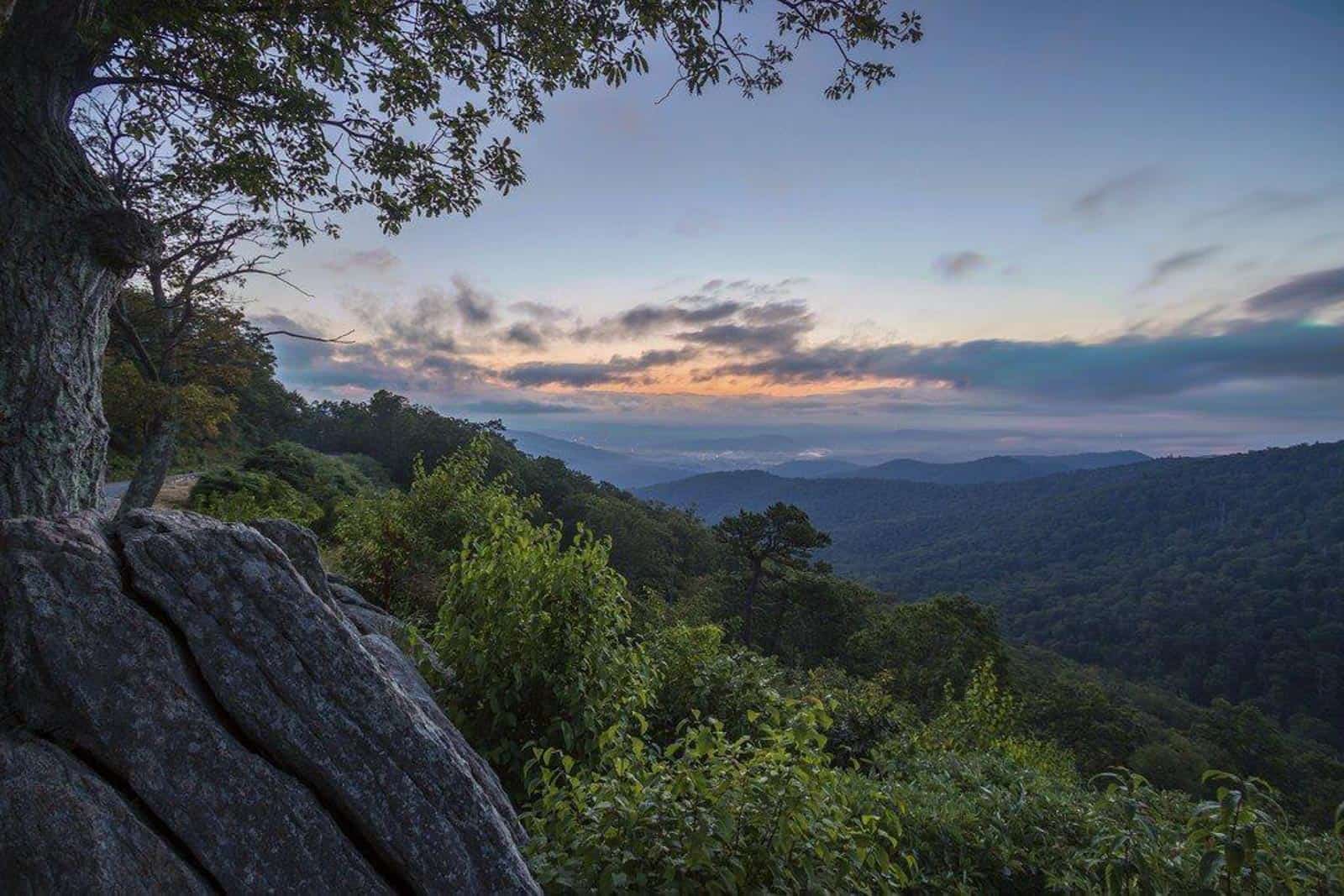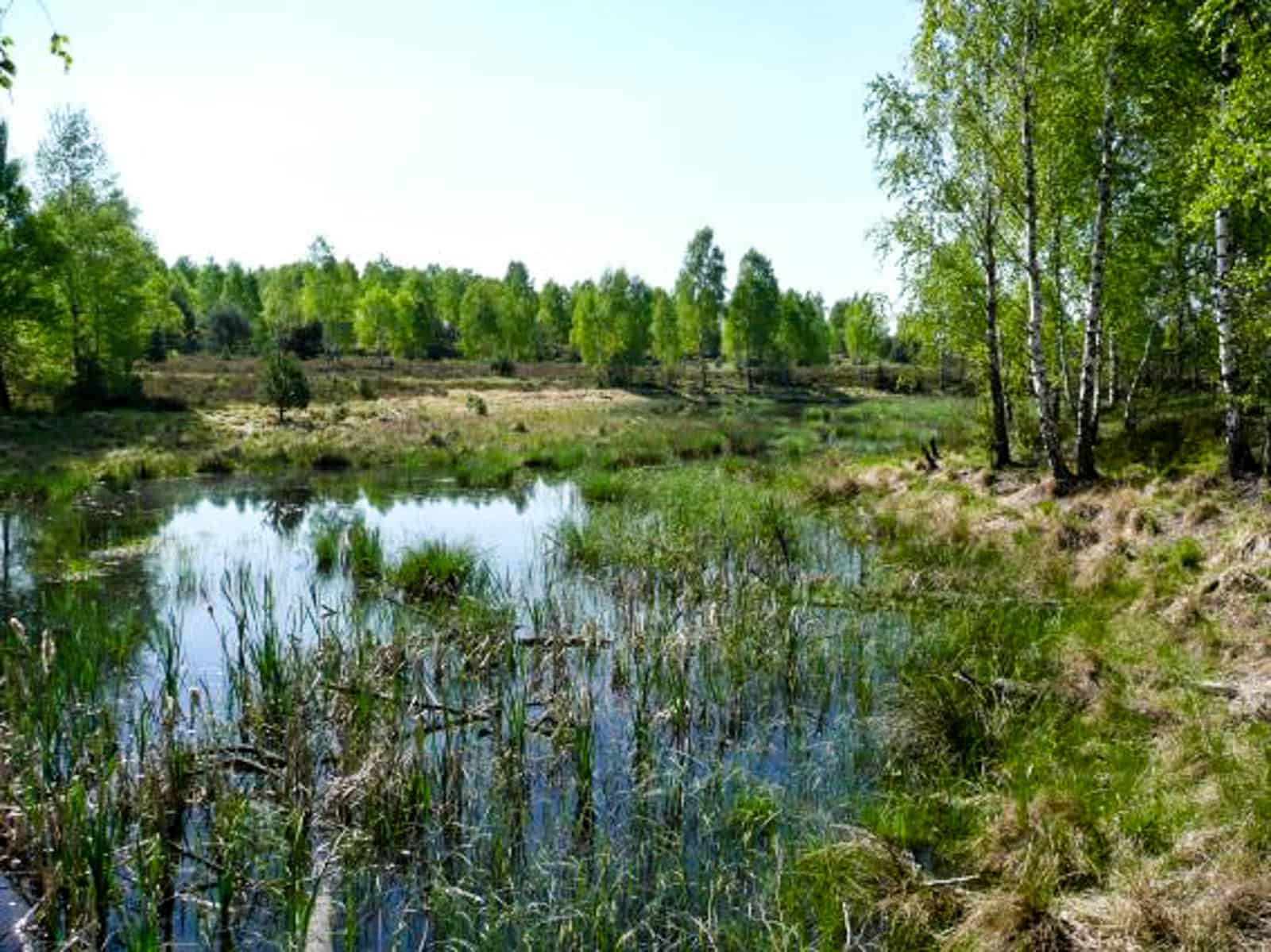Barriers to the expansion of Wilderness in Europe
We can still find large continuous natural areas in many parts of Europe, which are little affected by human activities. Such areas are for example located in Slovakia, Austria, Italy or Slovenia. Here we find continuous wild ecosystems that stretch across many thousands of hectares. The ecosystems are also home to rich biodiversity, including rare species of characteristic large carnivores. However, despite this high naturalness, there is a number of challenges preventing areas like these to become classified as Wilderness.
Please also read: Old friendships and new cooperations – Wilderness meetings in Bulgaria
Meeting conditions for Wilderness
For an area to be designated as Wilderness there are a few essential conditions it must meet. Firstly, no extractive uses should be occuring, so for example no hunting, logging or grazing. Besides, no roads should be present, or if they are remnants from the past, they should not be used or maintained. Additionally, there should be sufficient room for the Wilderness to allow natural processes to occur. When an area meets these conditions, it has a lot of potential to fit to the European Wilderness Quality Standard.
The most challenging of these conditions is definitely extractive use. There are normally economic profits coming from extractive activities. This makes it very hard to abolish them completely. These activities could be a part of the standardised legal management or completely illegal, but they still occur in the area without any consequence. This is for example the case in the Forest Reserve and UNESCO World Heritage Site Snežnik-Ždrocle, under the governance of Slovenian Forestry Service. Hunters from this organisation are still active in the reserve. Yet, their forester co-workers being against it and the hunting activities being illegal. Other common activities include sanitary logging, to avoid the logging prohibitions, that supposedly aim to prevent bark beetle outbreaks.
Traditional approaches
Protected area managers in Europe often find it their duty to try to keep their area in exactly the same state as in the past. This means that the management of an area often has to be active to prevent succession on grasslands or prevent spontaneous disturbances in forest ecosystems, for example. However, Wilderness requires leaving nature completely to its own course. Sometimes this means that the area will change substantially, for example when natural disturbance have a significant impact on it. Often, it may be hard for managers to accept such a different approach compared to the training they received.
Who is in charge?
Lastly, in many European countries, natural areas are under the jurisdiction of two ministries, namely Ministry for the Environment and the Ministry for Agriculture and Forestry. It is often not very exactly clear for what each Ministry is responsible and they often have conflicting interests. This makes Wilderness designation much more difficult as it is not clear who to speak to. In addition, other parties might have objections and own interests.
There is still a lot of potential Wilderness in Europe that can be designated in the future. However, because of the challenges described above, the process can often be long-term, requiring communication with many different stakeholders and institutions participating in nature conservation, before Wilderness designation can occur.




